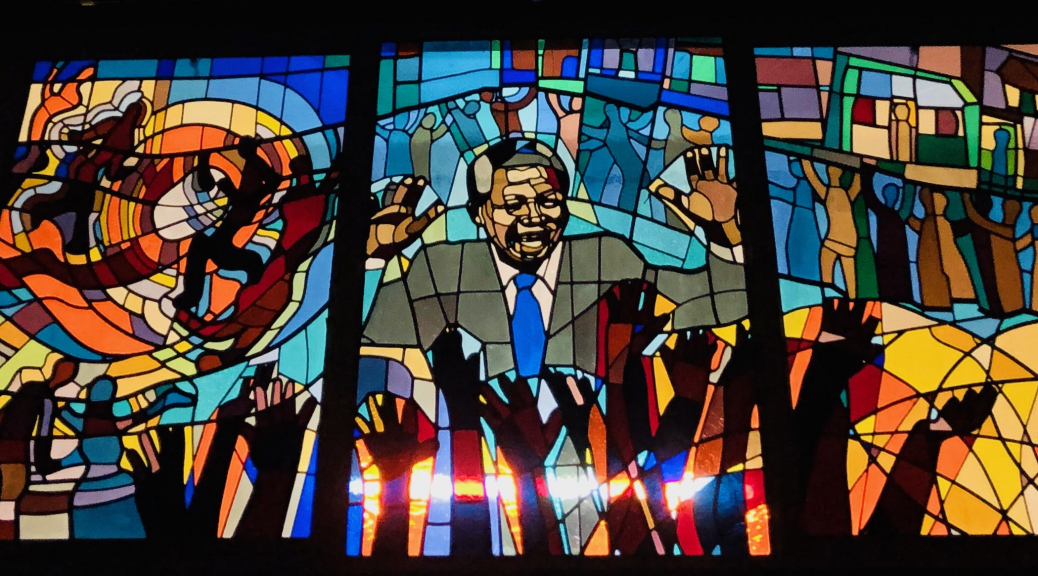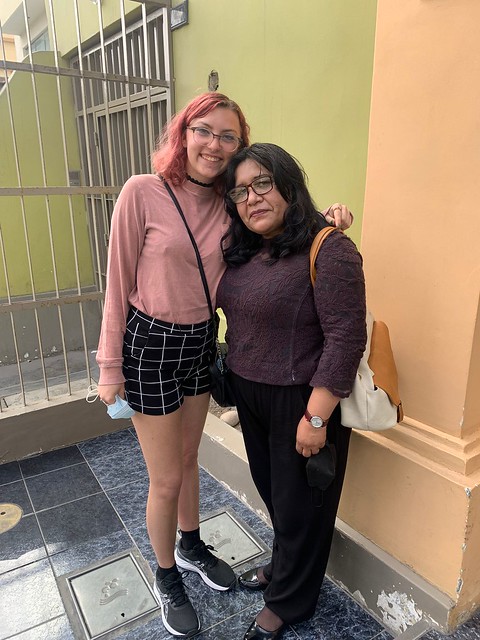South Africa: Jeffreys Bay to Pietermaritzburg
Week 9, 10, & 11 (J-Bay, Mdumbi, PMB)
Spring break on the coasts of South Africa was a blast. We started off the week at Jeffreys Bay where we stayed at the Island Vibes backpacker just a stone’s throw away from the beach. The waves were wild but fun. We celebrated two … Continue Reading ››











